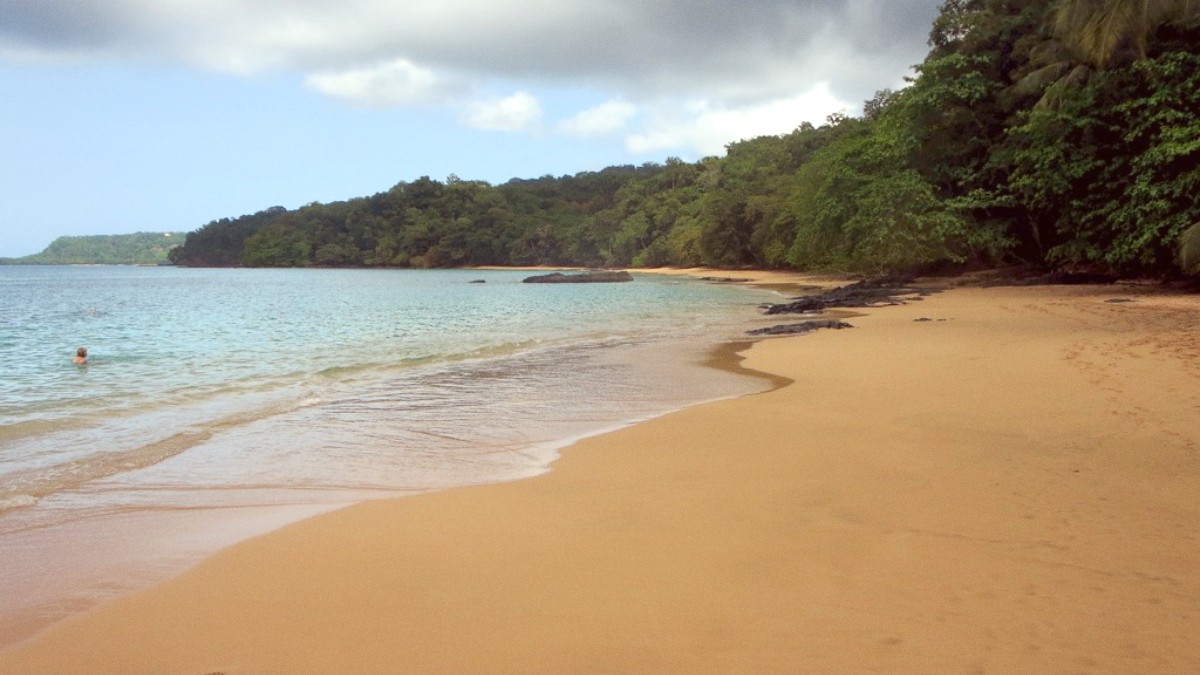
Sao Tome Principe
The island's natural environment is an open invitation for exploration and excitement.
Walks around Roça Monte Café and Bom Sucesso, offering slopes and insight into plantations. Short walks to Cascata São Nicolau are manageable.
Longer treks within Obô Natural Park lead to Lagoa Amélia (crater lake) or Pico de São Tomé (highest peak). Always hire a certified local guide for safety and local community support.
For all adventurous activities, specifically hiking and diving, prioritize safety. Always go with certified local guides for trekking in national parks or for dive tours. Inform your accommodation of your plans.
Engage in cultural experiences that deepen your appreciation for Sao Tome's traditions.
Occasional traditional music and dance performances during local festivals or community events. Do not expect regular, scheduled performances for tourists. Inquire locally for current events.
Nascent initiatives around specific roças or fishing villages. Visitors experience daily life, participate in activities, and tourism directly benefits locals.
Formal Portuguese classes for short-term visitors are rare. Engage with locals to practice basic Portuguese phrases. Santomeans appreciate efforts to speak their language.
Local religious festivals and national holidays (e.g., Independence Day on July 12th) are celebrated with parades, music, traditional food, and community gatherings.
Choose tour operators that promote community-based initiatives, ensuring tourism benefits locals directly and authentically.
Seek out small, local leca-leca restaurants for authentic meals. Attend a local football match to experience community passion and genuine insights into daily life.
Sao Tome offers numerous opportunities for unwinding amidst its natural beauty.
No known hot springs or formalized natural therapy options developed for tourism in Sao Tome.
Not a developed sector. While individual practitioners might offer informal sessions, organized yoga or meditation retreats are not common.
Exist within local communities but are not typically offered as tourist experiences.
Some hotels and resorts have private beach access or swimming pools.
Non-guests might use these facilities for a day fee; inquire directly with the property.
Numerous pristine public beaches are available for swimming and relaxation at no cost.
Sao Tome's nightlife is generally quiet, focused on local venues over a bustling tourist scene.
No formal theater scene for tourists. Cultural performances are more likely part of community events or festivals. Inquire locally for any events.
No defined bar districts or organized pub crawls. Bars are scattered throughout the city center. Many locals gather at informal roadside kiosks for drinks and conversation.
Limited outside of a few local bars in Sao Tome city. The island generally becomes quiet after dark.
Enjoy the island's calm evenings, focusing on local interactions rather than bustling tourist nightlife.
Visit small, informal bars and kiosks to experience local culture and meet Santomeans.
Seek out venues with live music to hear local kizomba, zouk, or traditional Sao Tomean beats.
Sao Tome generally becomes quiet after dark. It is advisable to take a taxi if you are returning to your accommodation outside well-lit, central areas.
Sao Tome offers limited shopping, with markets providing the most authentic experience for local goods and souvenirs.
Small shops and stalls sell locally made crafts, including woven baskets, wooden carvings, and paintings depicting island scenes. Some roças may have small shops selling their produce or crafts.
High-quality artisanal chocolate (Claudio Corallo), locally grown coffee beans, fresh vanilla pods, spices (pepper, cinnamon, nutmeg), and local crafts (woven items, wood carvings, fabrics).
Very limited, almost non-existent. Sao Tome is not a destination for luxury retail.
When shopping in markets, bargaining is common and expected, but always do so politely and with a smile. It is part of the cultural interaction.